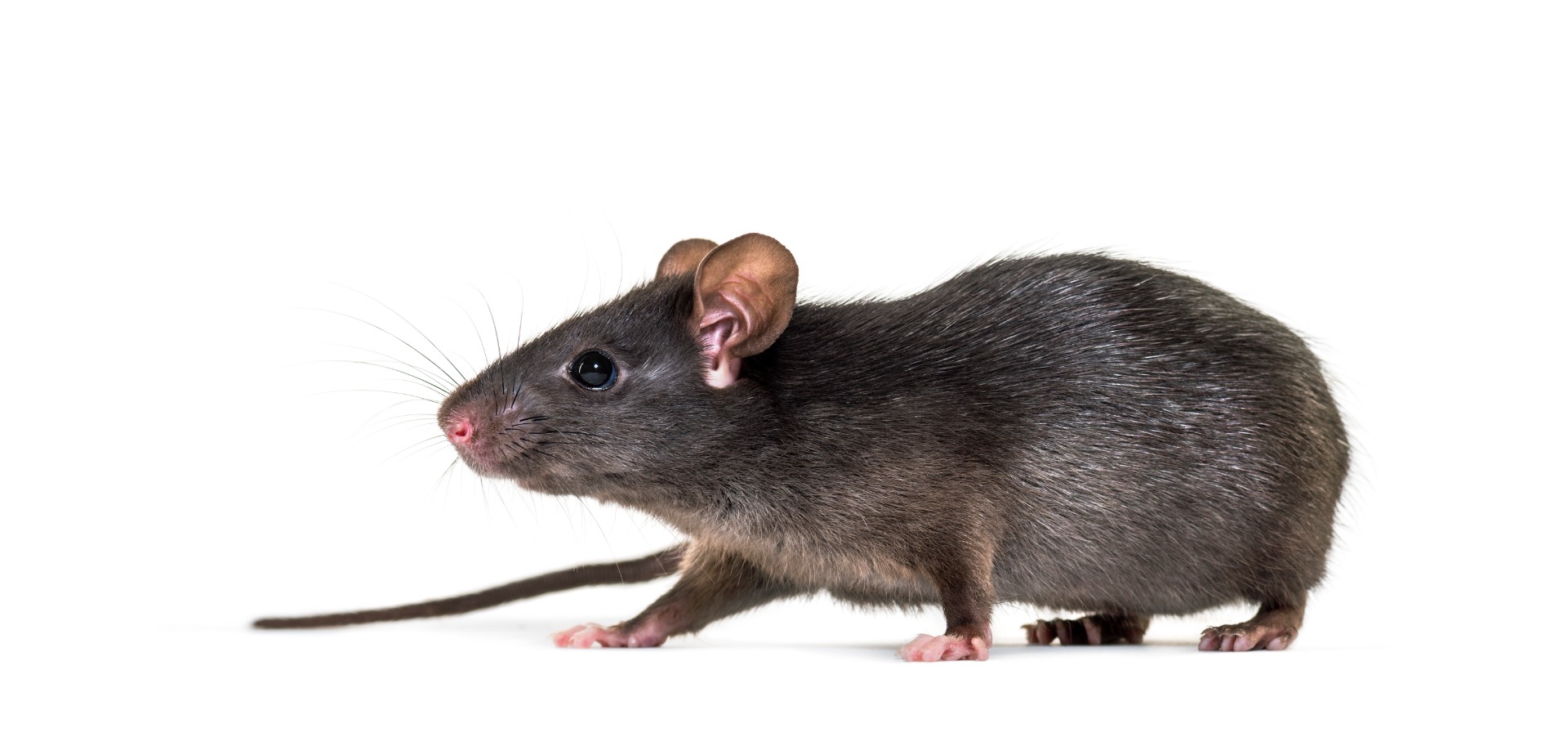The Norway rat or brown rat (commonly called the ship and also black only) is a widespread wild rodent species that has adapted to live with people over its original habitat in Asia. Central Asian in origin, it has become one of Earth’s most reproductively successful and ubiquitous invasive species.
A Stowaway’s Success
Global distribution of the ship rat because they hopped a ride with us, mainly through maritime trade. Not only that they are great climbers but also excellent swimmers making them quite at ease in ships. When they get on board, that population can easily colonize new ports all the way to a different continent.
A Persistent Pest
The destruction caused by the ship rat has prompted calls for it to be one several priority pest species. They can damage buildings, crops and stored food. They also carry diseases like leptospirosis and hantavirus.
Ecological Impact
Ship rats are considered an invasive species in many ecosystems, rivaling native wildlife for resources and creating ecological devastation. They can predate upon native bird and mammal species, particularly their eggs and young. They can also harm plants and soil erosion.
Control and Management
Ship rats can be hard to control because of their high adaptability and reproductive rate. Such pests are generally managed by several methods like:
Trapping: Setting different kinds of traps to catch and kill the rats one by one.
Poisoning – using rodenticides to kill rats, but careful use will be required not do damage non-target species.
Hygiene: Keeping your surroundings clean, preventing food and water available for the rats.
Catch: Creating obstructions or shields to maintain the rats out from residences and properties.
Knowledge of the biology and behaviour of ship rats will help us to tackle them efficiently, whether in disease prevention or agriculture.
